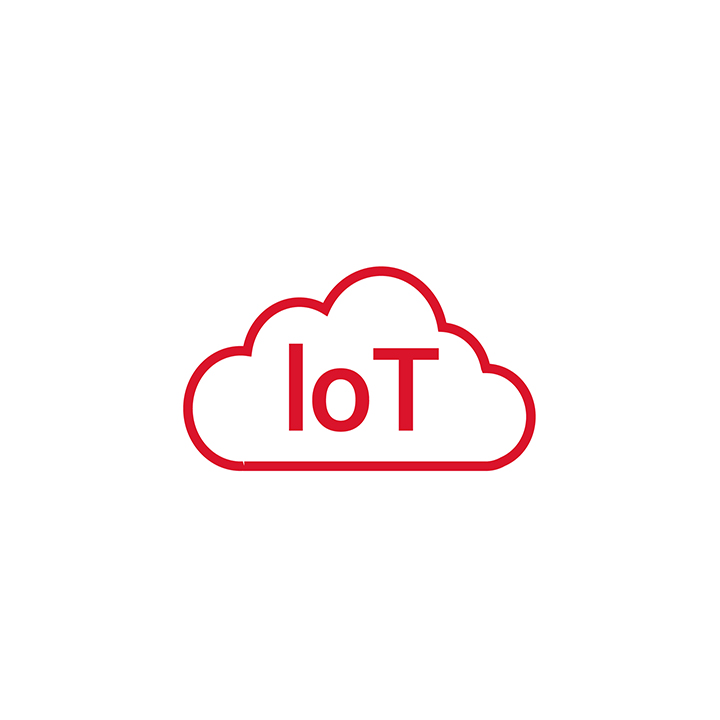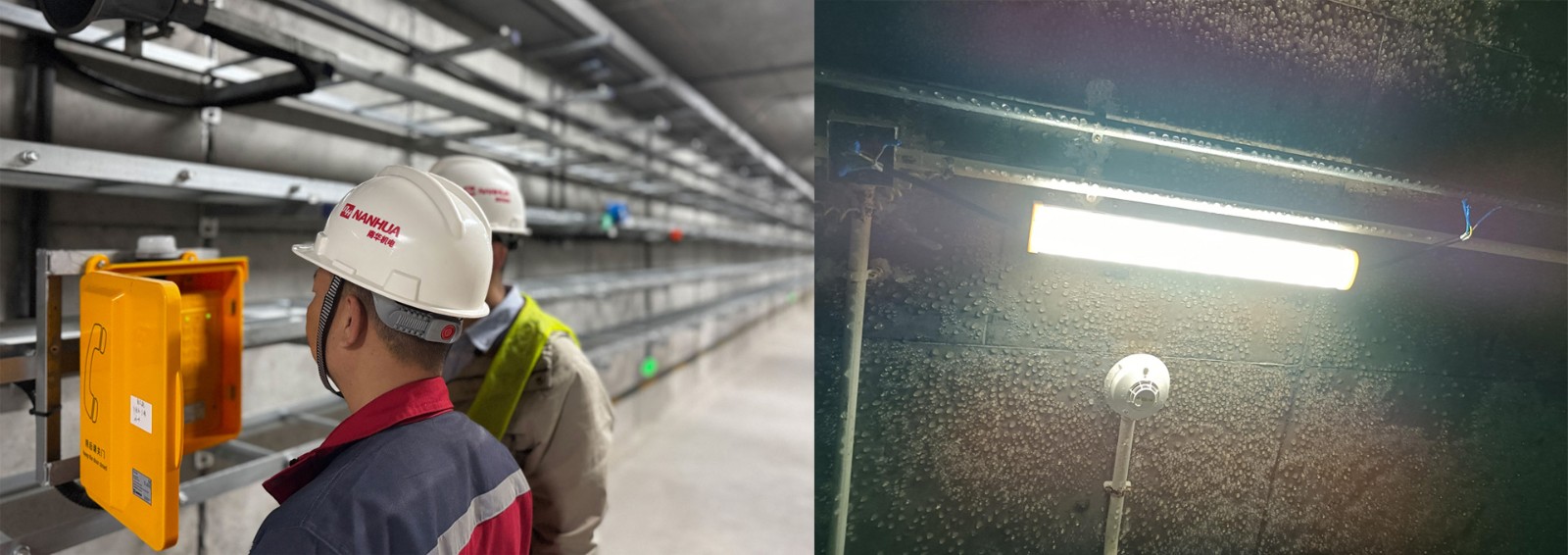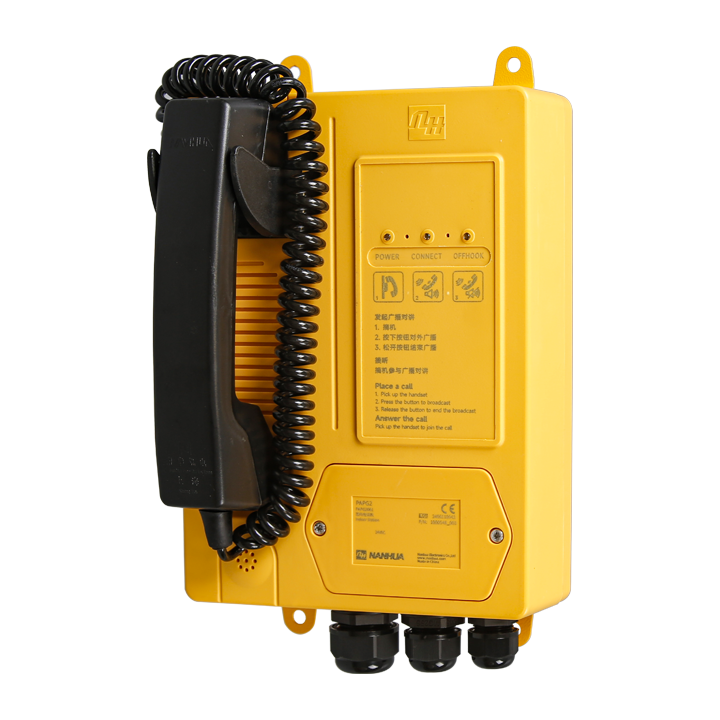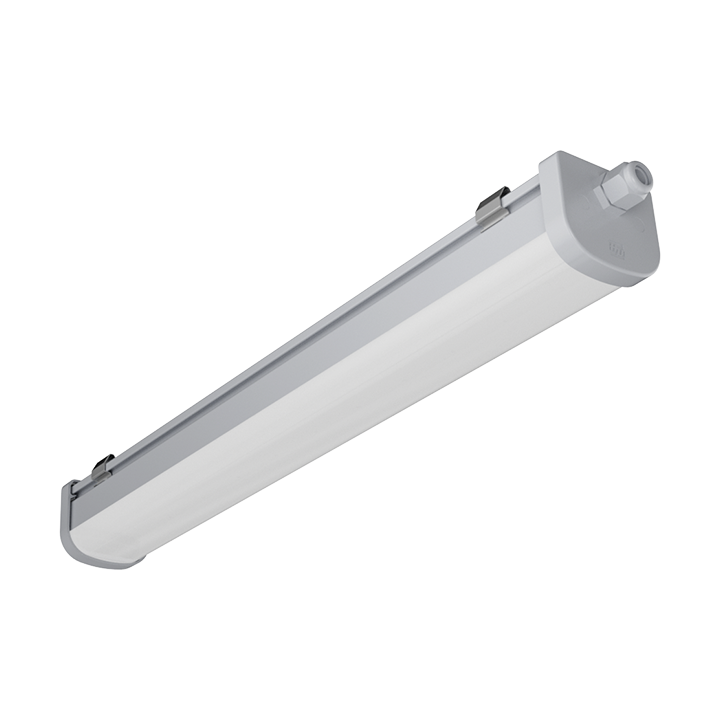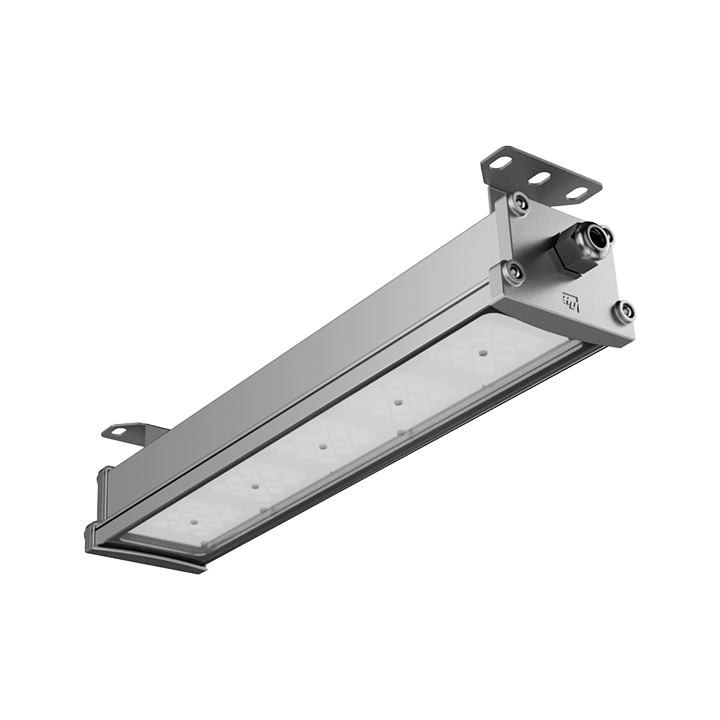As an essential part of modern urban infrastructure, urban underground utility tunnel systems are responsible for the centralized layout of various pipelines, including electricity, communication, natural gas, drainage, and more. They effectively reduce repeated excavation and enhance the utilization of underground space. By minimizing surface excavation, underground utility tunnels provide a more efficient and tidy method of pipeline management for cities, while offering safer and more convenient infrastructure for future urban development.
Within the underground utility tunnels that stretch for tens of kilometers, there are numerous environmental challenges, including high humidity, signal dead zones, or weak signal areas. These environmental factors impose high requirements on the lighting and emergency communication systems within the tunnels. The lighting and emergency communication systems not only support smooth routine inspections but also provide timely response capabilities in case of sudden failures, ensuring that the rail transit system remains operational under any circumstances.







